Feeling stressed out after decluttering? The STOP method will help you restore emotional calm in 4 simple steps
The STOP method is the key


We have all been there – you finish a big decluttering session and are left feeling on edge, stressed, and overwhelmed. That’s where the STOP method can come in to save the day.
This simple four-step approach, created by career expert Dan Bruce, was originally designed to stop work stress from infiltrating your downtime, but it works wonders for disconnecting from tricky household tasks, too.
Here, professional home organizers explain what the STOP method is and how to use this unique approach to unwind after tough decluttering methods.
What is the STOP method?
The STOP method stands for:
- Shut down ritual
- Track your wins
- Offload mentally
- Plug into the present
When used at the end of a decluttering session, especially after decluttering ruthlessly, Lisa Cantu, professional home organizer and owner of An Organized Home OC, says it can help to manage the mental and emotional fatigue that often comes along with it, ‘ensuring you feel refreshed and motivated to declutter the next time, rather than completely burnt out.’
Used correctly, this wind-down tactic can help you to avoid decluttering resentment in the future, too.
1. Shut down rituals
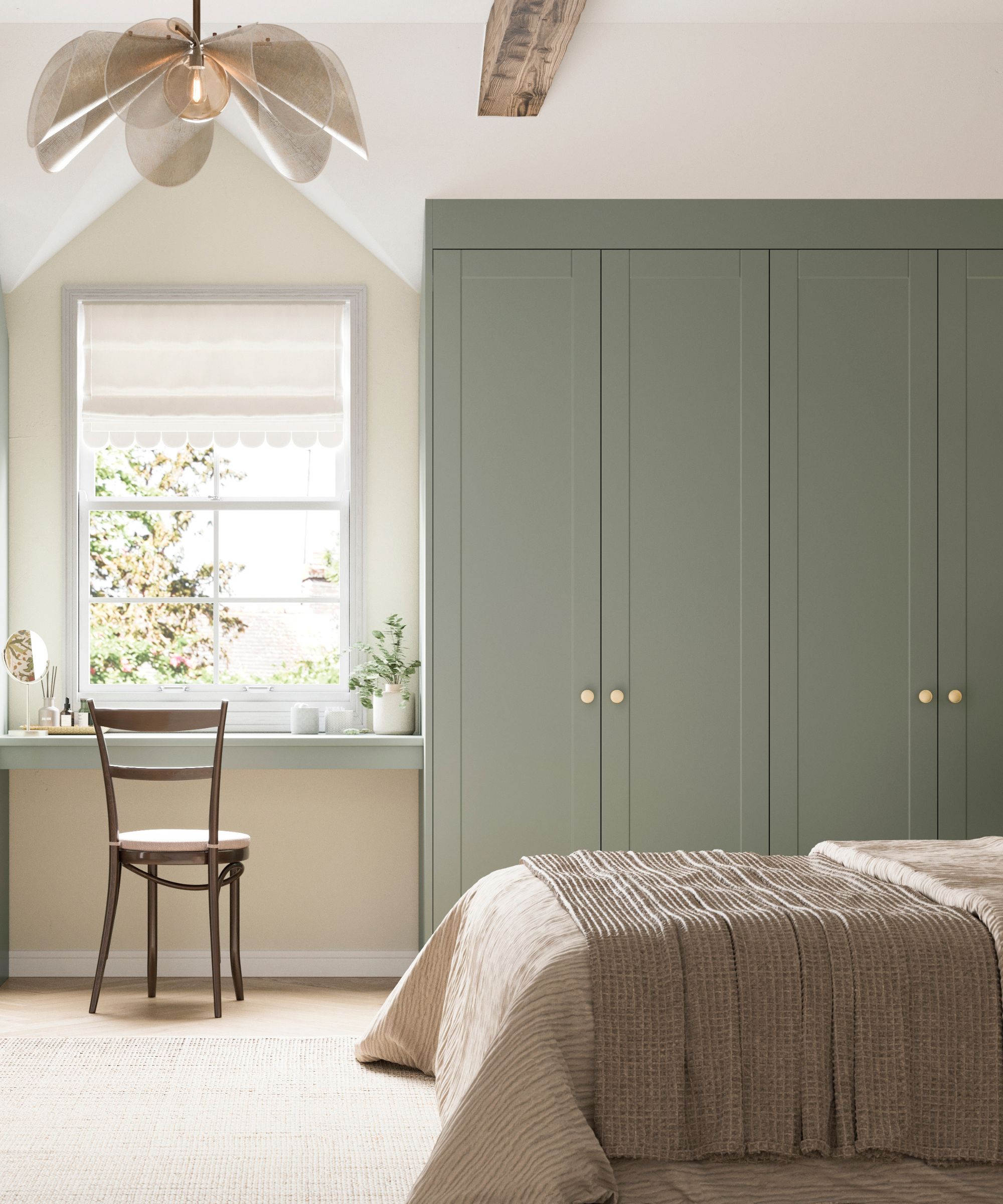
Putting everything away after decluttering can help you to reset.
The shut-down ritual is the first thing you do when the final basket is tucked away, or the last of the ‘to-go’ pile has been neatly stacked by the front door, ready to be loaded into the car. It separates decluttering from your downtime to make your home more relaxing after a period of heightened stress.
Design expertise in your inbox – from inspiring decorating ideas and beautiful celebrity homes to practical gardening advice and shopping round-ups.
Lisa explains, ‘This step is about creating a deliberate transition from the work of decluttering to a period of rest. Just like you would close your laptop at the end of the workday, a shutdown ritual signals to your brain that the decluttering is over for now.’
She suggests that this could be as simple as putting everything away in their proper homes, like a closing shift routine, taking a shower and changing into more comfortable clothes, or lighting a candle (we suggest the P.F. Candle Do. candles, from Amazon, as they are made with 100% soy wax) and playing relaxing music or a TV show.
To make the clean up easier, have some heavy-duty trash bags from Walmart to hand to quickly bag up and categorize items that need to be removed from your home to avoid messy piles. Some woven water hyacinth baskets from Target can also help to corral items you have yet to make a decision on without them looking out of place.
2. Track your wins
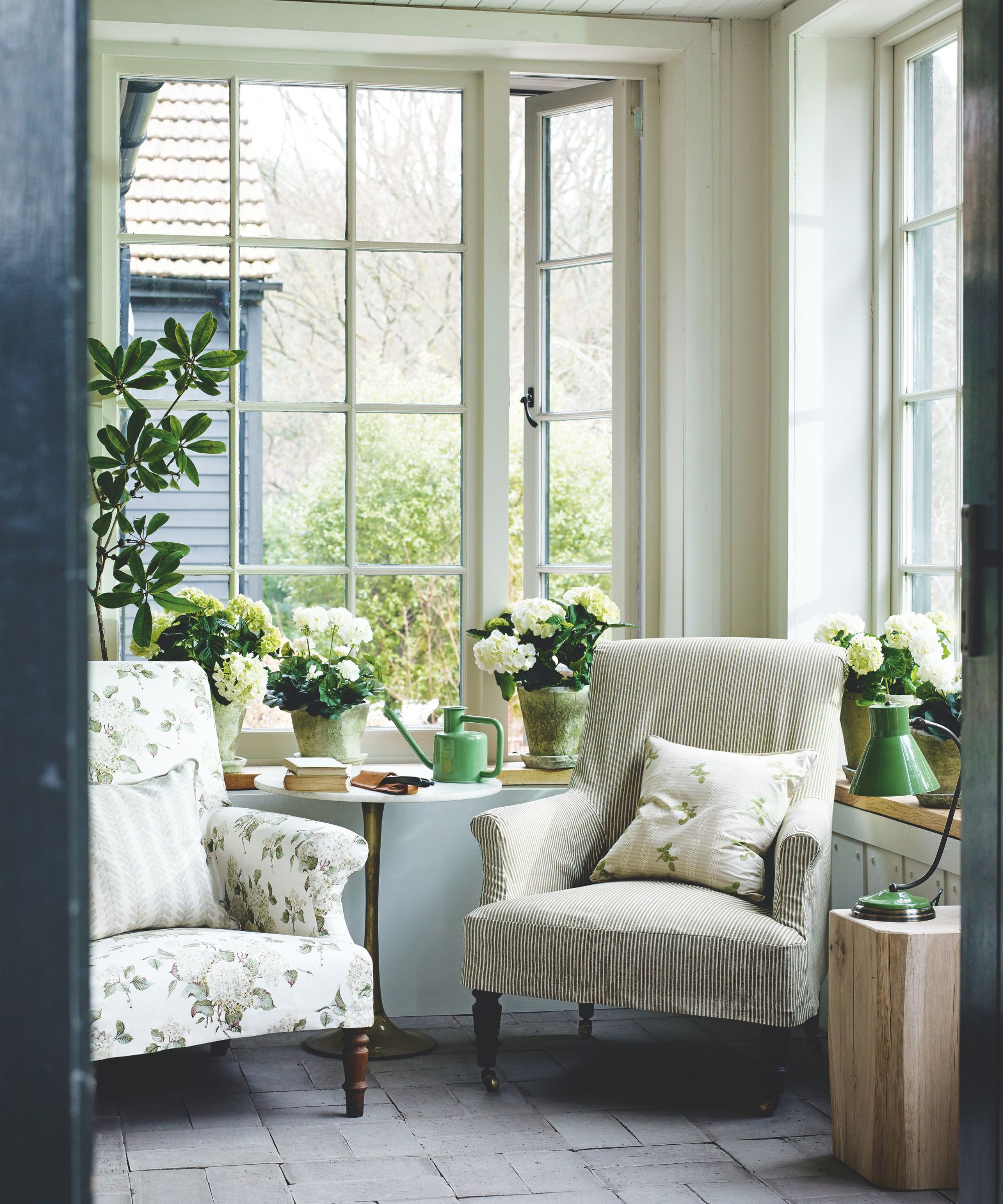
Tracking your accomplishments can help you feel proud, not overwhelmed.
One of the most valuable decluttering lessons I have learned is that any progress should be classed as a ‘win’. Tracking these wins at the end of a tough chore is a fantastic way to set yourself up for a successful decluttering session in the future, helping you to feel more confident and motivated.
Lisa agrees, saying that this is a ‘crucial step for motivation and self-care. Decluttering can feel like an endless task, and it's easy to get bogged down by what's left to do. Tracking your wins helps you celebrate your progress and acknowledge the hard work you've put in.
‘You can do this by taking and comparing a "before" and "after" photo, making a list of all the bags of donations or trash you've removed, writing down the specific areas you've completely transformed, or simply sitting in your newly cleared space and enjoying the feeling of calm.’
Creating a ‘ta-da list’ or using a beautiful gratitude journal from Etsy can also be a great way to track your progress.
3. Offload mentally
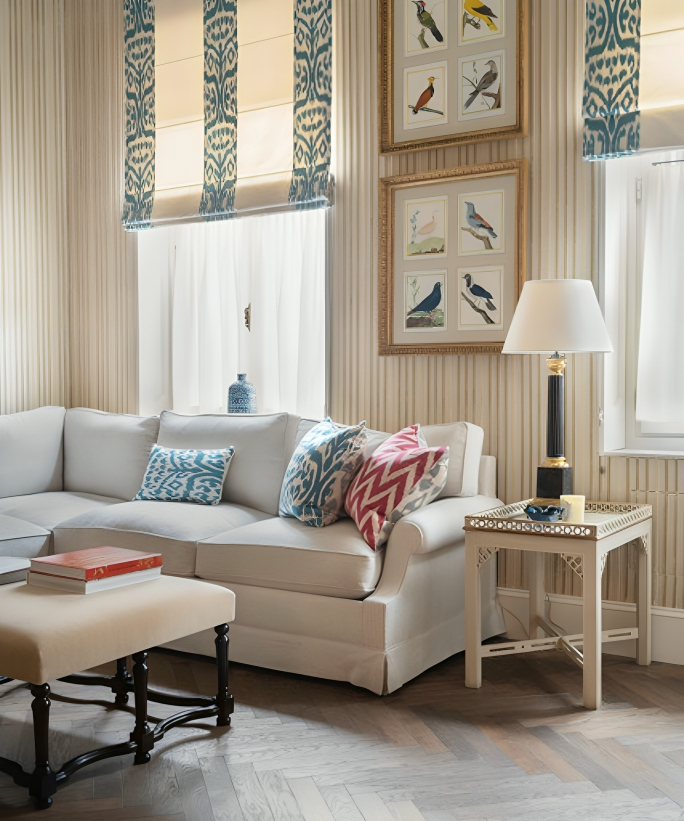
Unwinding after decluttering can help to separate chores from down time and prevent overwhelm.
If you have been struggling with decision fatigue throughout the decluttering process, this next step is vital.
Lisa explains, ‘The mental burden of decluttering can be as heavy as the physical one. You've made countless decisions and faced difficult memories. "Offloading mentally" means releasing those lingering thoughts and worries.’
How you do this will vary from person to person, although Lisa suggests getting your thoughts out of your head and onto paper through journaling about your feelings and the decisions you made, or making a to-do list for the next session to reduce mental load in the present.
The idea is to ‘give yourself permission to let go of any guilt or indecision about things you got rid of,’ Lisa says. Talking to a friend or family member about your experience can also help with this, she adds.
4. Plug into the present

Switching activities to something non-chore related can help prevent decluttering regret.
The final step is to reconnect with your downtime, shutting off from your to-do list entirely.
For this step, Lisa urges you to change tasks to something unrelated to decluttering, cleaning, or tidying. ‘This is about mindfully experiencing your newly decluttered space and the feeling of accomplishment,’ she says.
For this, Lisa says, ‘Sit down with a cup of tea or coffee in your clean space, read a book or listen to music without distractions. Do a calming activity, like a simple meditation or deep breathing exercise, and actively notice how the lack of clutter makes you feel more relaxed and at ease.’
Before you start, consider preparing your home for a self-care evening by dimming lights (using the Phillips Hue Smart Bulbs, from Best Buy, makes setting the right mood quick and easy) and getting comfortable to truly shut down and break the stress cycle.
What to shop
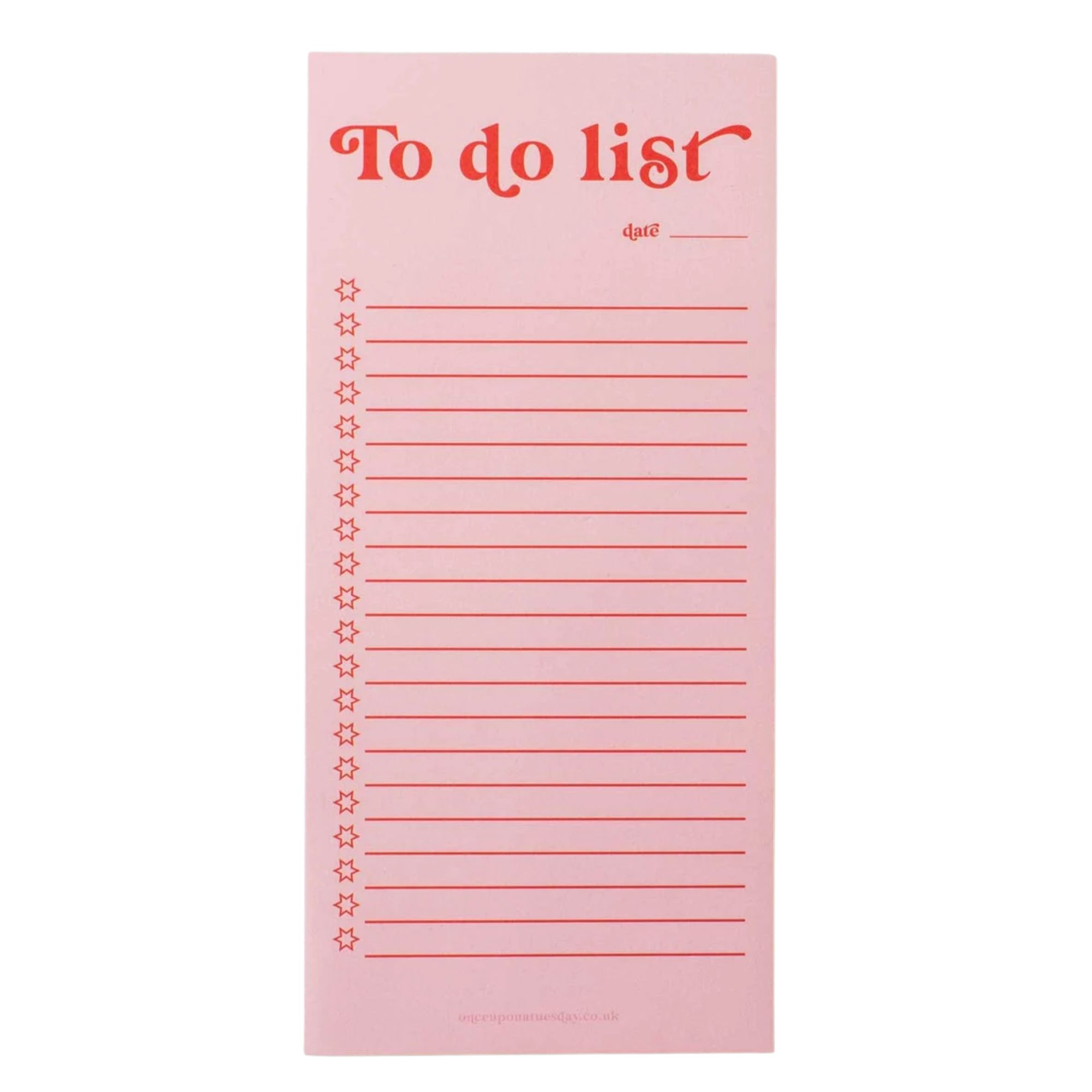
Keep track of all your tasks with this to-do list, available with a magnetic back at an additional cost to adhere to your fridge and keep in sight.
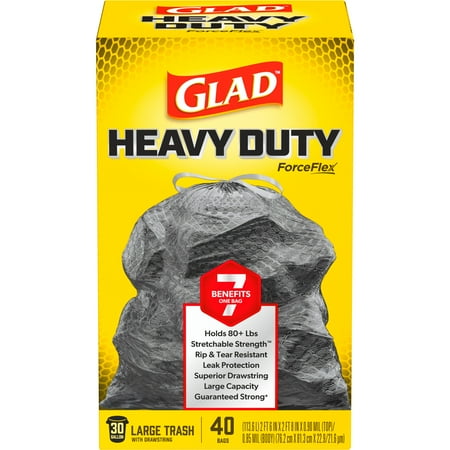
Use heavy-duty trash bags to collect up everything that needs to be trashed or donated, so they are out of the way to help you relax.

Baskets are the best go-to for creating drop zones. Be they in your entryway, living room, or hallway, they can quickly corral clutter, making it easier to put away at the end of the week and relax in between.

Under-bed storage is perfect for tucking away essentials you need to keep without them overwhelming you.
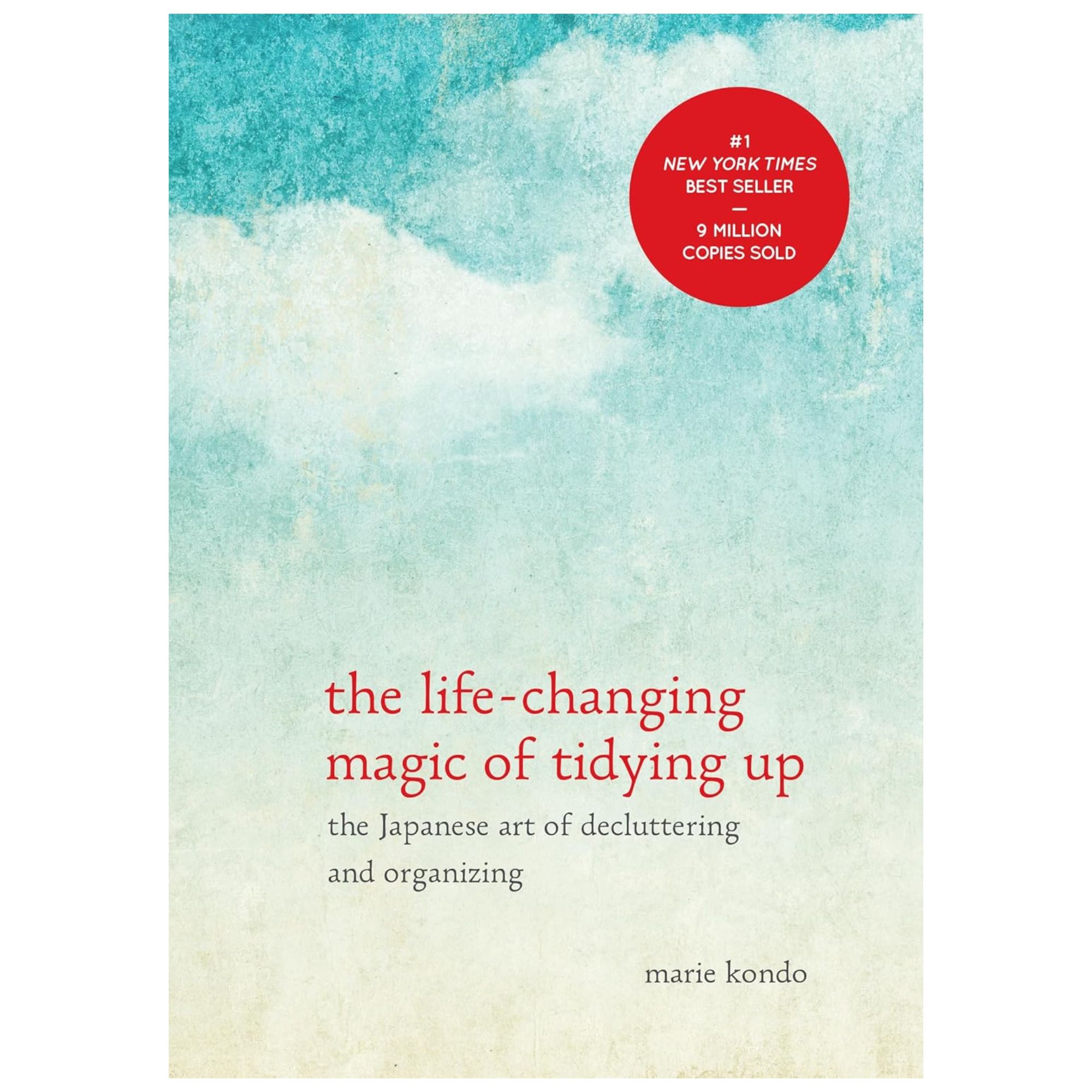
This bestselling book packs so much information into a mere 200 pages, in a readable and digestible format that's accessible to all readers of all ages.
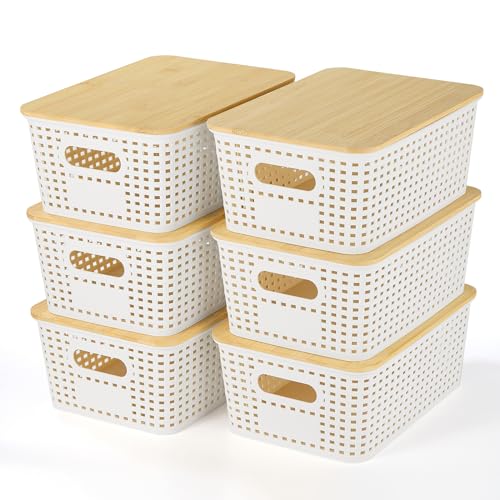
Minimize visual clutter to relax after decluttering by corralling smaller items into baskets. These lidded baskets can be stacked to make better use of vertical space, too.
FAQs
Why do I feel worse after decluttering?
Some people can feel worse in the moments after decluttering, rather than relieved. This is often because the task involves lots of decisions, usually in a very short amount of time, putting strain on your brain. On top of this, decluttering is a very physical task, meaning it is easy to feel completely drained by the time you’re finished.
Using adaptive pacing when decluttering if you suffer from chronic pain or fatigue will help reduce the physical impact.
Using shutdown rituals and blocking out time to rest and recharge after decluttering can help to mitigate these effects and prevent hatred of the task in the future.
Meet the experts

Lisa Cantu is a certified professional organizer and the founder of An Organized Home OC. She now oversees a team of organizers who help clients across Orange County downsize their homes and develop a custom plan to keep their spaces in order.

Dan Bruce is a career expert and founder of Pressreacher. With 18 years of experience in digital marketing, specializing in affiliate marketing and SEO, Dan draws on this experience to offer practical advice for navigating career paths, building influence, and unlocking new opportunities to help professionals stand out and succeed.
Sometimes, you can stop stress before it has the chance to build. Slowing down and making your chores more mindful, whether working bit by bit or with a friend or family member, can help you to declutter your home when you feel overwhelmed.

Chiana has been at Homes & Gardens for two years and is our resident 'queen' of non-toxic living. She spends most of her time producing content for the Solved section of the website, helping readers get the most out of their homes through clever decluttering, cleaning, and tidying tips. She was named one of Fixr's top home improvement journalists in 2024.
You must confirm your public display name before commenting
Please logout and then login again, you will then be prompted to enter your display name.